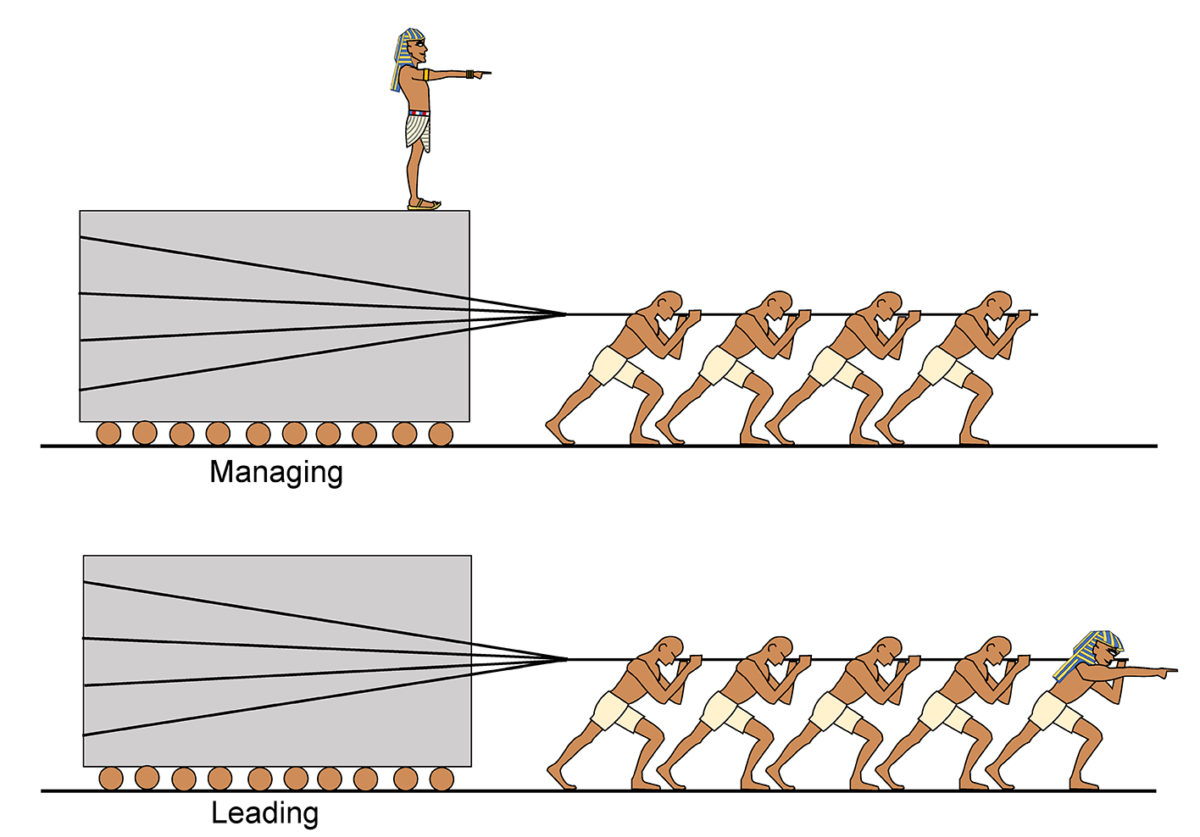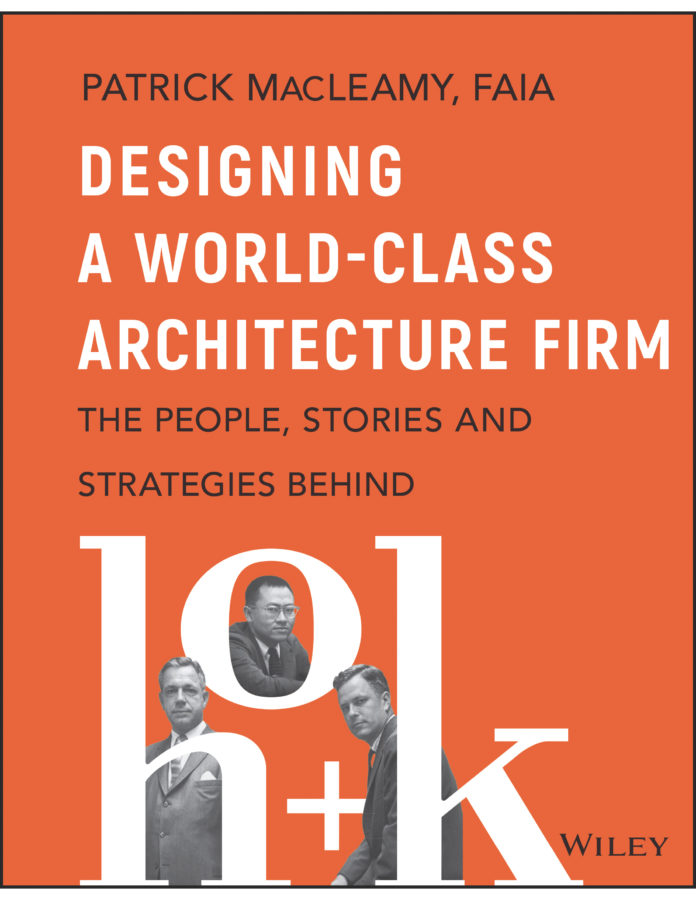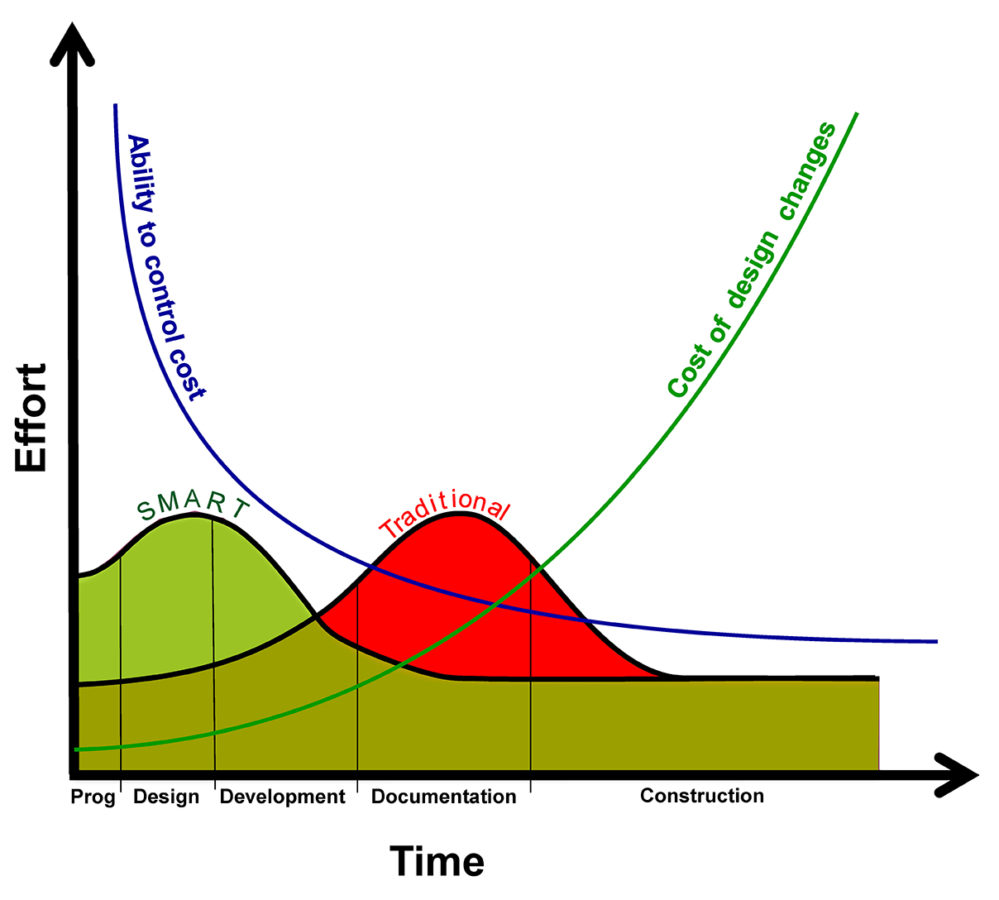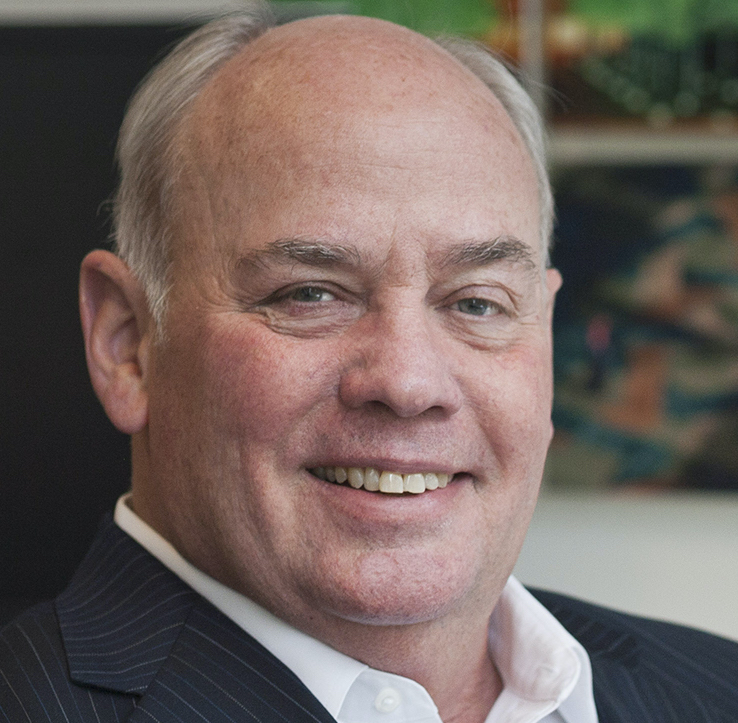Managers who manage aren’t doing it right. People don’t follow managers.
A big lesson I learned as a project manager is that the title is deceiving. What did it mean to be a project manager? As a young architect, I thought, “That’s the boss, the person who gives directions. If I become a manager, I’ll get a nice office. People will come in, I’ll tell them what to do, and they’ll take care of it.”
One of the lessons I learned as a project manager was that managers who manage aren’t doing it right. People don’t follow managers. Instead they start watching the clock for quitting time.The project manager role is less about managing and more about leading. People will follow a leader who shows confidence, enthusiasm, and clarity about the way forward. This is something Dwight Eisenhower demonstrated, first as a general, and then as president. He called leadership “the art of getting someone else to do something that you want done because he wants to do it, not because your position of power can compel him to do it.”
Here’s another way of explaining it. There’s a famous cartoon of Pharaoh building the pyramids. In the top panel, Pharaoh is standing over the workers on a stone while shouting and snapping a whip. That’s managing. In the bottom panel, Pharaoh’s got a rope over his shoulder, pulling like everyone else and he’s out in front of the team. That’s leading.

Managing versus leading. Managers direct: “Do this! Do that!” Leaders encourage: “Let’s solve this together!” (cartoon by Patrick MacLeamy).
Whether it’s a project manager, managing principal, or some other kind of manager, management is not what people need. People need leaders at all levels in the firm to be out in front with the attitude that they won’t ask anyone to do something they won’t do themselves. Whether they are building the pyramids or a modern building, people will follow if they have a leader. Manager is an overrated term. I learned that when leaders lead people start taking the initiative on their own. They are unshackled from following orders and start putting their own ideas into practice. It’s exciting to see the good ideas people come up with, and always a thrill to see someone exceed what they think they can do.
Why don’t we call them project leaders instead of project managers? At HOK we tried this for a while, but not everyone understood. The term project manager has a distinct meaning in the practice of architecture, but the best project managers lead—they don’t manage.
People love titles with the word manager included. Director is another favorite—director of design or director of interiors. How about director of coffee making? I have learned to be skeptical of titles, and when people are in a big hurry to impress me with their lengthy title, they are probably not leadership material. I would sure like to impart this lesson to others: It doesn’t matter what you’re called; it matters what you do. Actions are more important than words.
Here’s another way of putting it. The best leaders are selfless. Think of all the frontline officers who put themselves in the perilous position of going first as they lead their troops into battle. They are not asking their troops to do anything they would not do themselves. They are right there with them. Leadership is about the mission, not the individual. Perhaps the best example of true leadership is parenting, where the welfare of the kids comes first. Parents lead but also sacrifice so their children can grow up to become responsible, successful adults.

Designing a World-Class Architecture Firm applies design thinking to help creative-services firms and other companies overcome cyclical recessions.
RUN TOWARD TROUBLE
As with project management, I discovered my job as managing principal was 10% management and 90% leadership. I finally had a nice office of my own, just as I had imagined, but found that leadership happened elsewhere. I learned how important it was to get out of that little room and listen to what clients or HOK people had to say about our projects. I found that the lesson I had learned as a project manager was even more true when running an office. The most challenging part of problem solving is to identify complications early, before they grow into real trouble.
Early intervention keeps little problems from becoming big problems and big problems from becoming disasters.
When I met with clients, I asked, “Are you happy with our progress? Our team?” And more importantly: “Any issues that need to be addressed?” In other words, I didn’t just ask them if things were going well. I asked if anything was going badly. I had learned that clients would let me know if they were unhappy with some aspect of our work, but it was better if I asked first. The best client relationships were based on mutual trust, on being part of the same team, and trust grew from clear, honest communication. It helped if I gave them an opening for their honesty—good or bad.
I coined a term for this, and it became my mantra: “Run toward trouble.” In other words, don’t avoid conflict, seek it out. Instead of ignoring problems, hunt them down and resolve them. By running toward trouble instead of away from it, you end up clearing up controversies earlier. As I had learned when I managed the Moscone Center project, early intervention keeps little problems from becoming big problems and big problems from becoming disasters. This was just as true when managing an entire office. If there is one piece of wisdom I am proud to share with readers, it is this one.
I repeated this advice so often that I frequently heard other HOK people saying it to each other: “Run toward trouble!” Usually everything on our projects was going smoothly, but not always. Often HOK project team members were reluctant to speak openly about problems, but a little encouragement and lots of listening generally worked. Sometimes I resorted to asking team members questions to help get to the root of an issue. This is a technique anyone can try. I was a bit of a pit bull when I sensed a problem, because I continued to believe that catching mistakes early was critical to our success.

Known as the MacLeamy Curve in the architecture/engineering/construction segment, Patrick MacLeamy created a graphic that shows the benefits of front-loading efforts to identify and correct problems early, before their impacts grow exponentially (courtesy Patrick MacLeamy).
IMPROVING COMPANY CULTURE: ASK ME ANYTHING
I made it a goal to travel to each of our 20 offices at least once a year. Each visit lasted about 24 hours, and included meetings with individual leaders, a large meeting with everyone in the office, and dinner with office leadership.
My favorite meetings were with everyone in the office. I always began by encouraging people to “ask me anything,” saying we had to be open and honest with each other to become the firm of our dreams. In fact, these meetings came to be called Ask Me Anything talks, a concept other firms could adopt.
While traveling and meeting with employees, I was struck by the fact that I could tell if I was in a well-run office with good leaders. Well-run offices always had a buzz of energy. People in Ask Me Anything meetings were comfortable speaking up and expressing themselves. They were eager to learn and asked lots of questions. This is a good gauge that all firm leaders should be on the lookout for. Young people asked the most questions of all, so I began holding separate meetings with them.
Struggling offices did not have a buzz. They were unnaturally quiet for places where everyone was doing creative work. If an office was not well-run, staff would sit stiffly through these meetings, afraid to put their hands up or ask questions. When leaders do not engage with people, then people do not engage with each other, and nobody knows how a firm is really doing. Often senior people were the ones least willing to take a chance and ask me a probing question, even though I really meant it when I said, “ask me anything.”













































